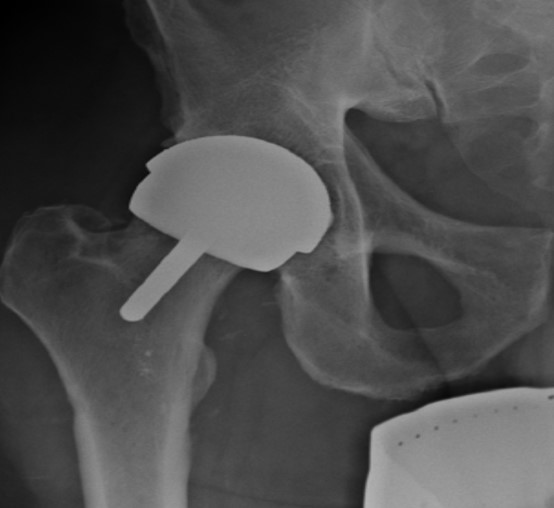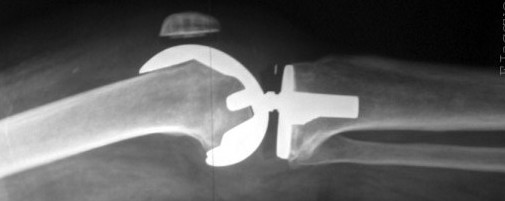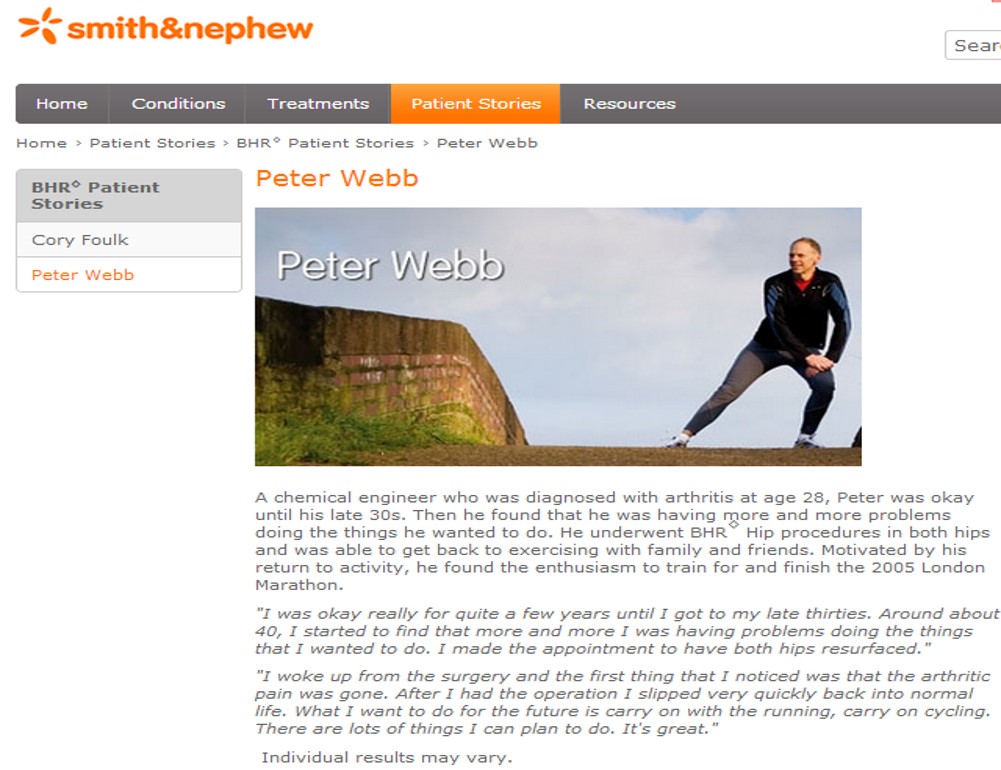While we often hear about return to sport programs and criteria for patients with ACL injury, patellofemoral pain, and shoulder injuries, we don’t often hear much about returning to sports after total joint replacement. That is going to change very soon. Patients are getting younger, implants are getting better and companies that make the hip and knee replacement devices are targeting these younger athletic patients, making ‘promises’ of the ability to return to high levels of activity after surgery. So while these things are changing, what does the evidence say about returning to sports after hip or knee replacement? Truthfully….not much, but before we get there let’s discuss why this is a topic you will be hearing more about.
Why is this a hot topic?
1. Total knee and hip replacements are becoming more and more common
 The number of people electing to undergo total knee and hip replacement is increasing at an alarming rate. There have been rumblings that the number of patients will soon outpace the number of orthopaedic surgeons who perform this procedure. So just how many people do and will undergo these surgeries? Currently more than 600,000 undergo total knee replacement [1] and more than 200,000 undergo total hip replacement [2]. While that may seem like a lot – the number of people getting their knees replaced is estimated to increase MORE THAN 6 FOLD in the next two years. That means more than 3.5 MILLION people per year will undergo total knee replacement in the United States alone in the year 2030.
The number of people electing to undergo total knee and hip replacement is increasing at an alarming rate. There have been rumblings that the number of patients will soon outpace the number of orthopaedic surgeons who perform this procedure. So just how many people do and will undergo these surgeries? Currently more than 600,000 undergo total knee replacement [1] and more than 200,000 undergo total hip replacement [2]. While that may seem like a lot – the number of people getting their knees replaced is estimated to increase MORE THAN 6 FOLD in the next two years. That means more than 3.5 MILLION people per year will undergo total knee replacement in the United States alone in the year 2030.
2. Patients are getting younger
Not only are more patients getting their hips and knees replaced, but younger individuals are leading this increase. A recent study by Ravi et al. [3] found that between 2001 and 2007, there was a 82% increase in the number of people between the ages of 50 and 59 that underwent knee replacement. For even younger patients, those between 20 and 49 years of age, there was a 77% increase over the same 6 year period. The increase in surgeries these two relatively young age ranges (20-49 and 50-59) outpaced the increases for any other age group in the US and Ontario, Canada between 2001 and 2007 for both total hip and total knee replacements. With this shift in demographics comes a greater likelihood that participation in sports or higher demanding activities will be a goal of many patients after surgery.
3. Surgical techniques and implants are getting better

In the past decade or two, several changes in prostheses have been specifically designed to afford younger, more active patients the ability to return to higher levels of activity and function after surgery. The hip resurfacing procedure and unicondylar knee replacement are two of the more common procedures afforded to these younger, active patients. Although there are several hip resurfacing prostheses and procedures available throughout the world, most of them rely on a metal-on-metal prosthesis, in which only the acetabulum and head of the femur are replaced. In a traditional total hip replacement, the entire femoral head and neck are removed and a large stem is placed into the shaft of the femur. The resurfacing preserves much of this bone that is lost during the total hip procedure, which also allows patients the option to convert to a total hip in the future, should that be required.
Unicondylar knee replacements are an option for younger patients who only have osteoarthritis in one of the two tibiofemoral joint compartments. Like the hip resurfacing procedure, this type of joint replacement is more conservative and leaves a larger amount of bone stock, should the patients require conversion to a total knee replacement in the future. As long-term outcomes research becomes available on these types of procedures, more patients may choose to have these procedures as an alternative to the traditional total joint arthroplasties.
4. Direct to consumer advertising
The active baby boomers with knee and hip arthritis are a booming market…and the medical device companies are taking advantage of it. The race to develop innovative, effective and safe partial joint replacement devices is in full swing. These devices are being directly marketed to consumers by companies such as Smith and Nephew. Below is a screenshot from the Smith and Nephew website sharing the story of a marathoner who underwent a hip resurfacing procedure with the intention of returning to marathon running. While this type of advertising does make the patient a more educated stakeholder in their care with respect to treatment options, it may also increase the likelihood of patients electing for these procedures with hopes of returning to high level activity and sports after surgery.
5. Athletes are undergoing hip and knee replacements
Although joint replacement may be a career ending procedure for professional athletes (or more than likely the career was ended beforehand because of age or joint pain), there are some competitive athletes that have successfully returned to their sporting career after surgery. A few of the recent notables include Hulk Hogan (professional wrestling), The Undertaker (professional wrestling), and Ed Jovanovski (National Hockey League). As patients see more of these athletes successfully going through the procedure, its a sure thing that the buzz will spread and the number of young patients will continue to grow.
While younger more active individuals demand a return to higher level of activity after joint replacement, the medical and rehabilitation community needs to be prepared. High-quality, prospective analyses of the risks and benefits or returning to sports are needed before evidence-based recommendations can be made. In the next post, we will discus the potential risks, available evidence and current recommendations for returning to sport after joint replacement.
–Written by Joseph Zeni, PT PhD
[1] Losina E, et al. J Bone Joint Surg Am 2012;94:201–7.[2] Kurtz S, et al. J Bone Joint Surg Am 2007;89:780–785.
[3] Ravi B, et al. Best practice & Research Clinical Rheumatology 2012;26:637–47.


